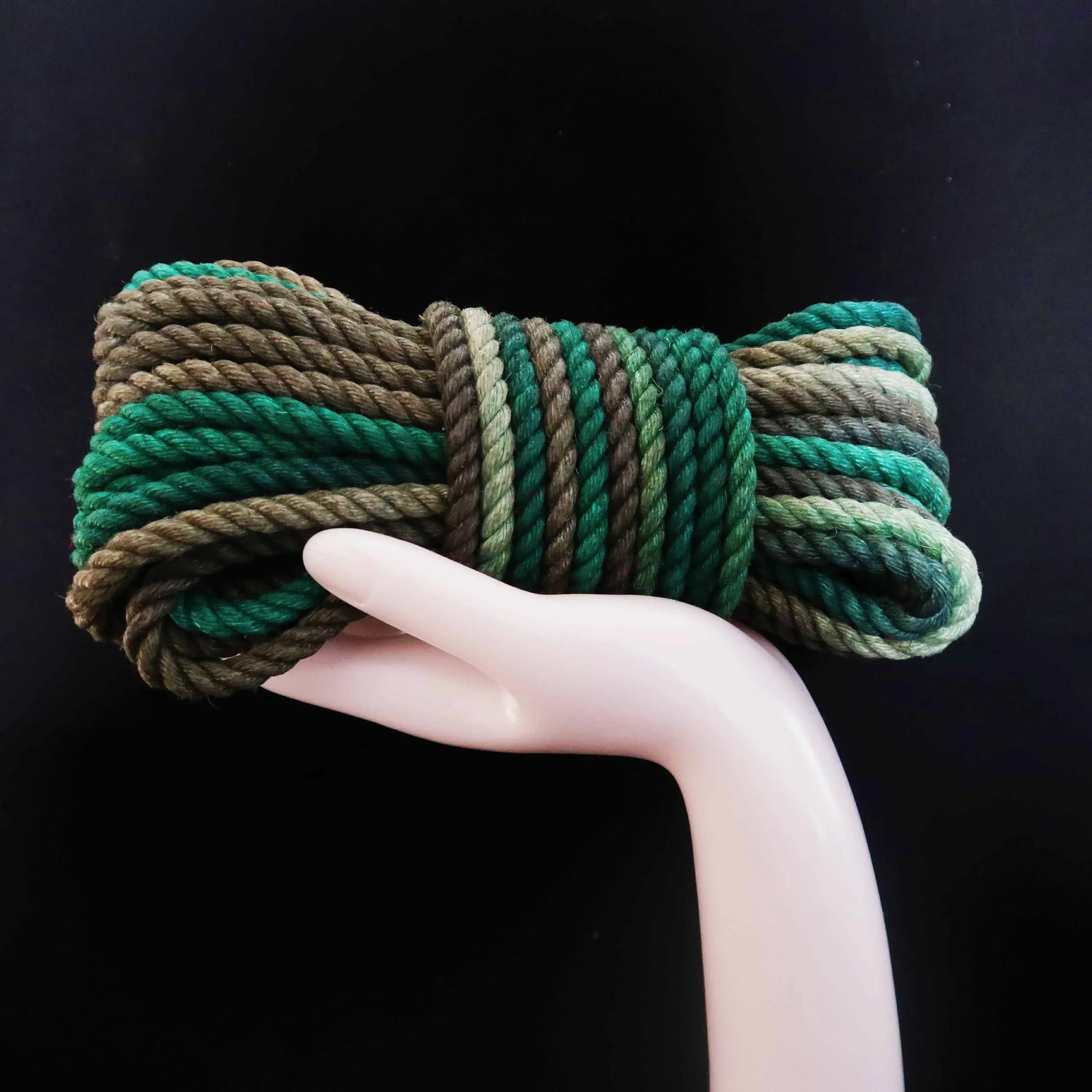In recent years, there has been a growing interest in exploring Kinbaku, an ancient and mysterious art form. However, as interest in this practice increases, ensuring safety becomes paramount. In this article, we will delve into the safety considerations in Kinbaku practice to ensure that each binding is a pleasurable and safe experience.
Understanding and Training
Before attempting Kinbaku, it's crucial to participate in training courses or seek professional guidance. Understanding the correct binding techniques, untying methods, and first aid procedures is the foundation of safety. By attending workshops or private guidance, you can receive personalized instruction and learn about the latest safety practices.
Consent and Communication
Before engaging in Kinbaku, both parties must clearly express their desires, boundaries, and expectations. It's advisable to establish a safe word to pause or terminate the activity when necessary. Communication is key to ensure that both parties fully understand and consent to participate in the activity, maintaining open and respectful communication throughout.
Safety Equipment
During the binding process, always maintain appropriate safety equipment. This includes scissors, quick-release knots, or other emergency devices to quickly untie ropes and ensure the safety of the bound individual. These tools should always be kept in easily accessible locations for use in emergencies.
Blood Circulation and Nervous System
During binding, pay special attention to the bound individual's blood circulation and nervous system. Avoid tying the ropes too tightly to prevent impeding blood flow or damaging nerves. Regularly check the bound individual's fingers and toes to ensure proper blood circulation.
Physical Examination and Emotional Support
Conduct regular physical examinations before and during binding to ensure the comfort and safety of the bound individual. Additionally, understanding that Kinbaku may evoke emotional responses, providing emotional support, and making appropriate adjustments or interruptions when needed is crucial.
Ongoing Training and Updates
Continuous learning and updating knowledge are key to maintaining safety. Participate in regular training courses, attend seminars, and share experiences and best practices with other rope enthusiasts to improve skill levels and maintain safety awareness.
By adhering to these safety considerations, you can ensure safety in Kinbaku practice and promote trust, respect, and intimacy between both parties. Let's work together to create a safe and pleasurable rope bondage experience!



